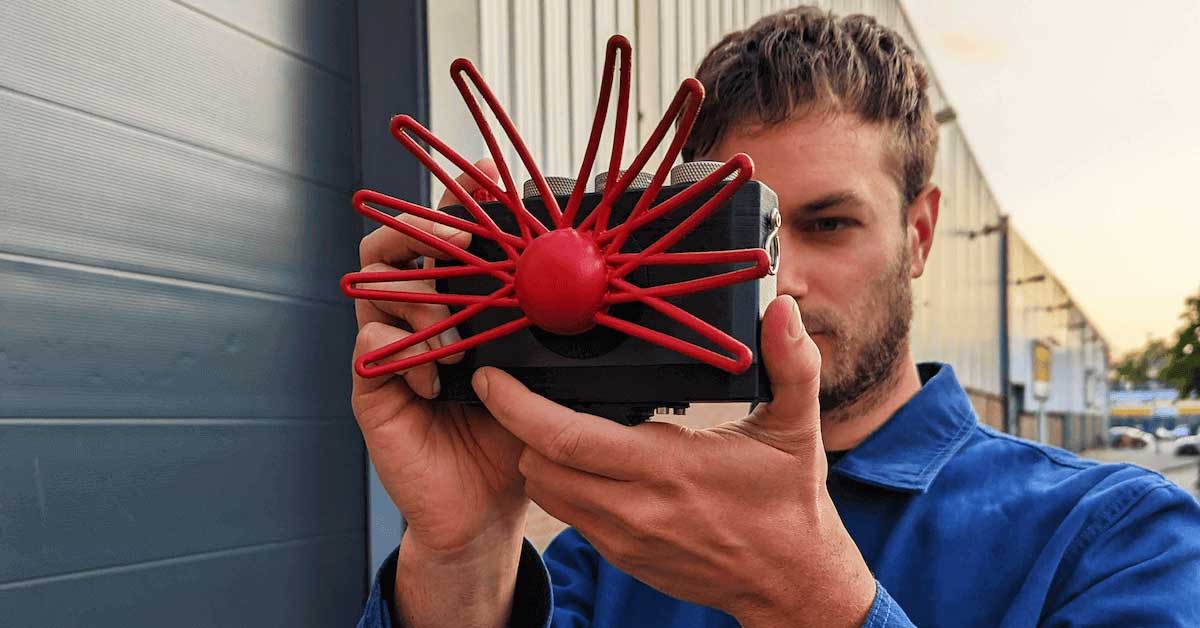In an era characterized by the interplay of creativity and technological advancements, Bjørn Karmann embarked on a visionary quest to challenge the essence of artificial intelligence (AI).
With his brainchild, Paragraphica, Bjørn sought to explore the intersection of AI and location data, pushing the boundaries of how we perceive and interpret the world.
This innovative camera serves as a tangible embodiment of Bjørn's goal, raising thought provoking questions about the role and capabilities of AI in our creative endeavors.
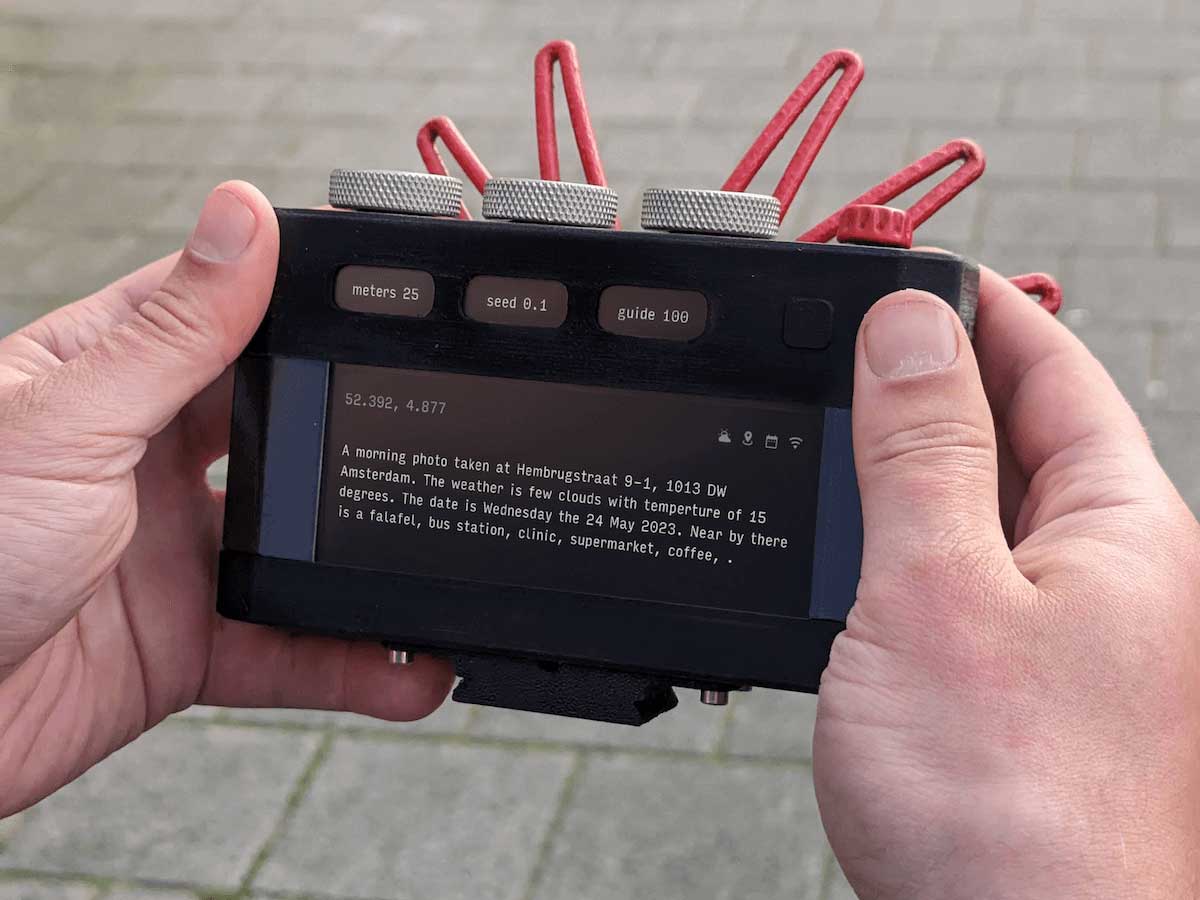
The Functionality of Paragraphica
Paragraphica functions as a context-to-image camera, artfully merging open APIs and AI to generate captivating visual representations of specific places and moments.
At the heart of its operation is the process of scraping data from the photographer's location, including crucial details such as weather conditions, street address, time of day, and nearby points of interest.
These carefully curated data points serve as the building blocks for the subsequent stages of creating a mesmerizing composition that reflects the scene's unique characteristics.
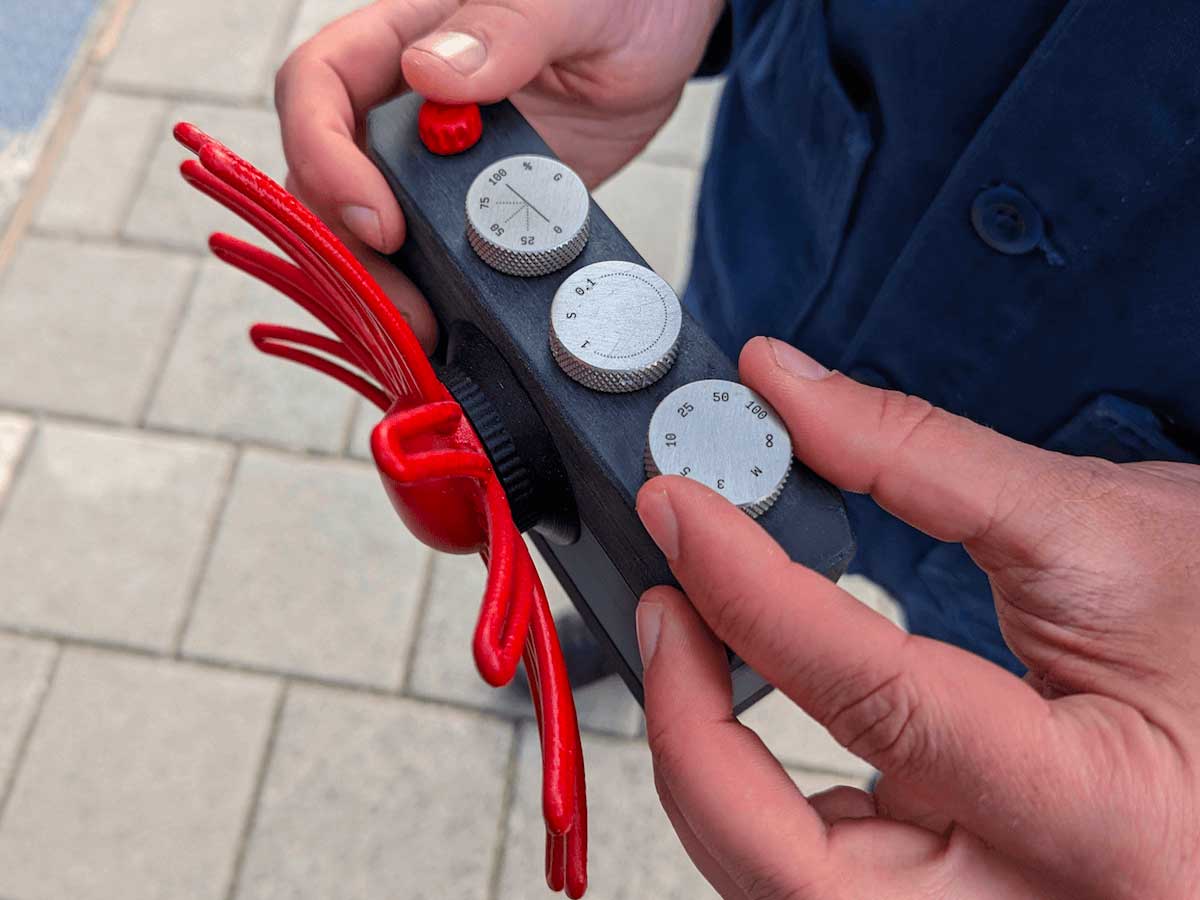
Visual Interpretation by AI
Once the data is collected, a descriptive paragraph is expertly composed, encapsulating the essence of the location. This paragraph is a textual representation of the scene, encapsulating its mood, ambiance, and hidden nuances.
However, Paragraphica's ingenuity continues further. Utilizing the power of text-to-image AI, the camera goes a step further, transforming the carefully crafted paragraph into an abstract "photo." This AI-generated image offers a novel perspective, representing the location through the lens of the intelligent model, providing a visual interpretation that is both intriguing and thought-provoking.
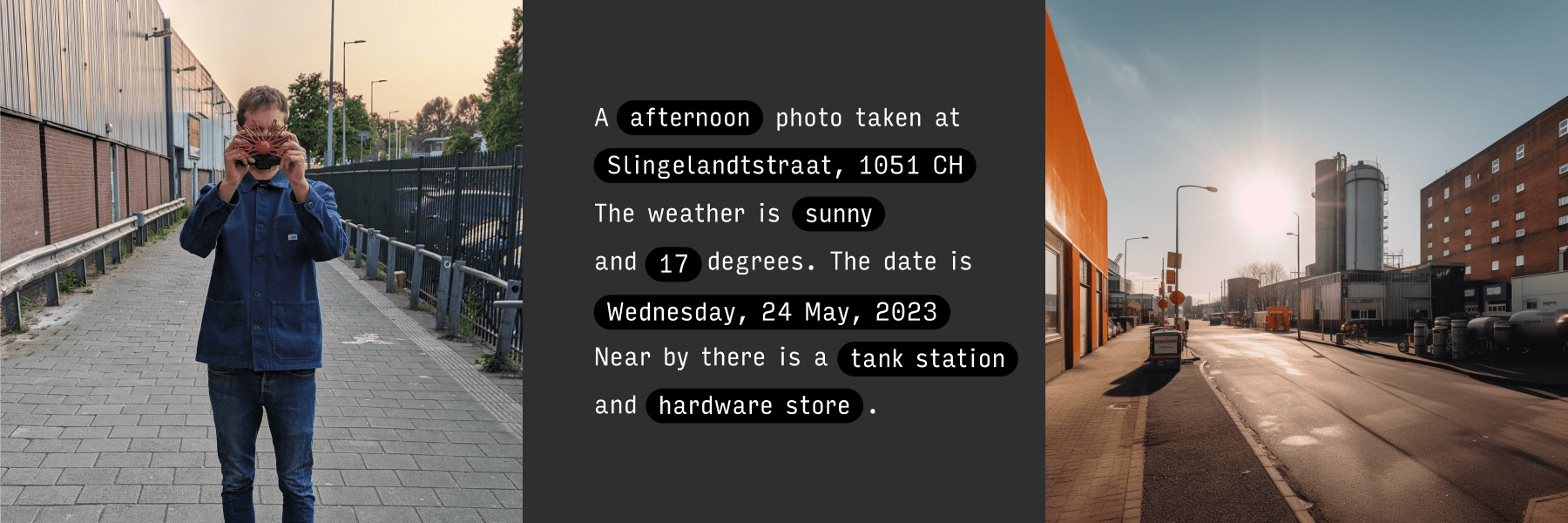



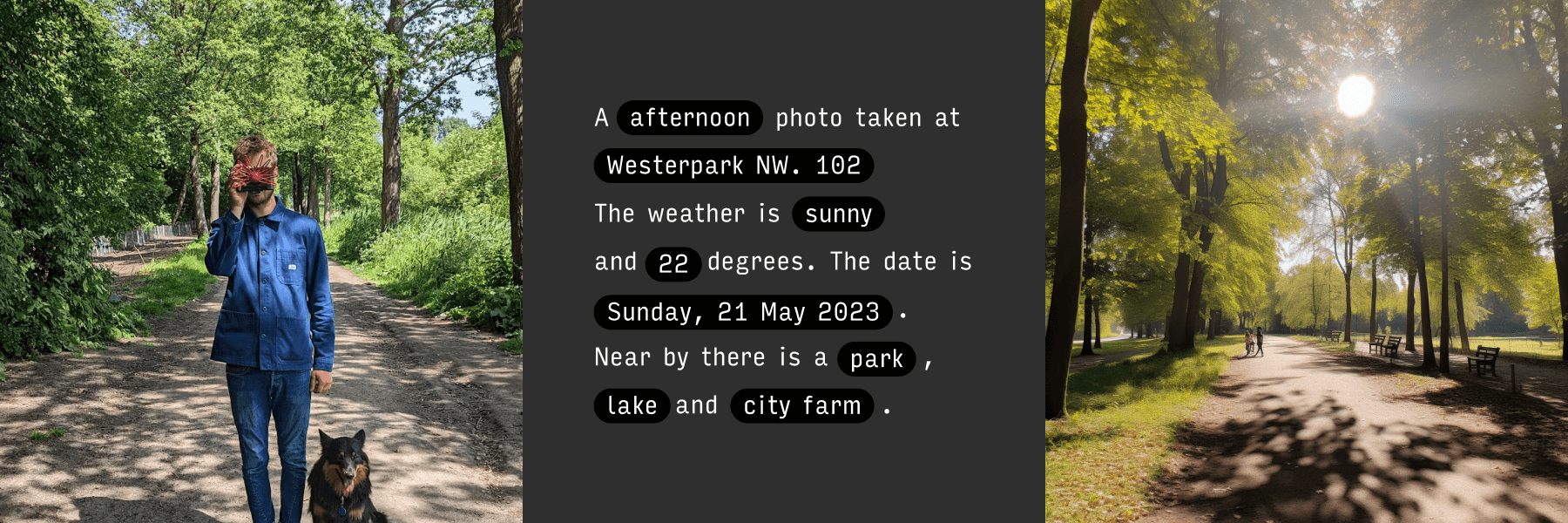
Showcasing the Unique Perspective
The visual interpretation offered by AI-based representations is truly remarkable. To showcase this unique perspective, examples of the entire process are shared, providing a comprehensive understanding of Paragraphica's capabilities.
The journey begins with Bjørn physically capturing the scene, framing the moment with his keen eye. Next, the open APIs come into play, generating a descriptive paragraph that conveys the essence of the location.
Finally, the AI model takes center stage, translating the paragraph into an abstract image that provides a fresh and imaginative representation of the photographer's perspective. This captivating journey encapsulates the true power of AI-based visual interpretations.
The Hardware and Design of Paragraphica
Behind the innovation of Paragraphica lies a meticulously crafted hardware design. At its core, the camera incorporates a Raspberry Pi 4, a versatile and powerful computing platform that forms the foundation of its functionality.
Complementing this is a high-quality touchscreen display, allowing for seamless user interaction and engagement with the camera's features. All these components are neatly housed within a 3D-printed enclosure, ensuring a compact and aesthetically pleasing design that is practical and visually appealing.
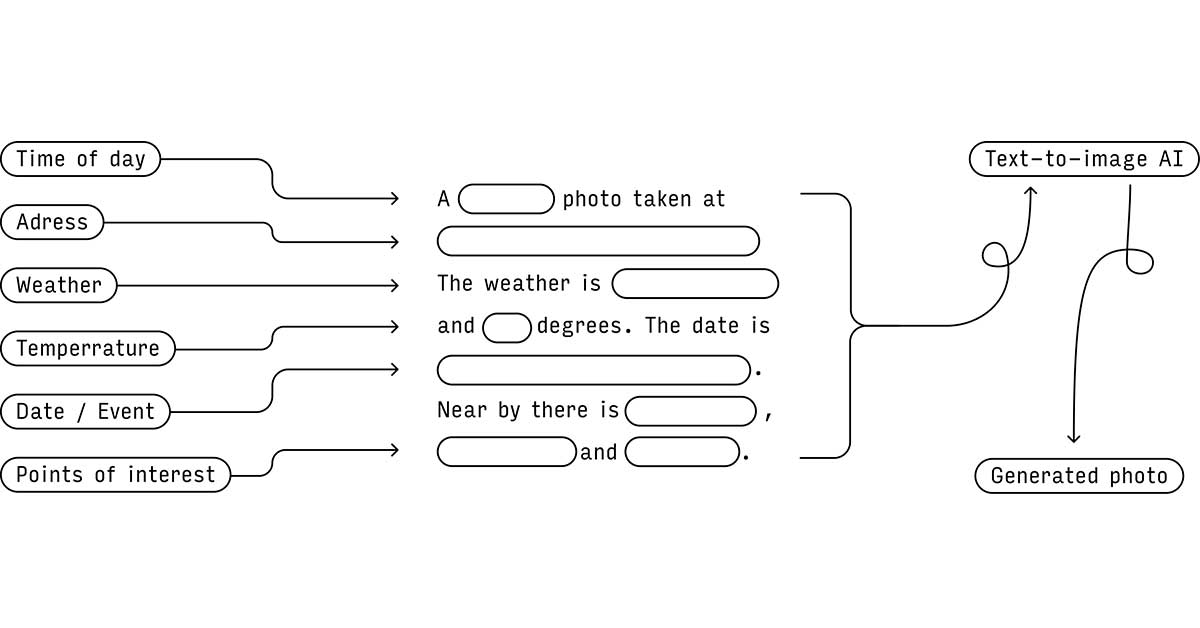
A Metaphor in Design: The Star-Nosed Mole
The design of Paragraphica transcends mere functionality; it incorporates a symbolic connection to the star-nosed mole. This fascinating creature, known for its ability to live and hunt underground, offers a beautiful analogy for understanding alternative forms of intelligence and perception.
The spray-painted red object resembling the star-nosed mole featured in the camera's design serves as a reminder of the mole's unique way of perceiving the world through its finger-like antennae.
It symbolizes the challenge of comprehending and empathizing with different forms of intelligence and the distinctive perspectives they bring.
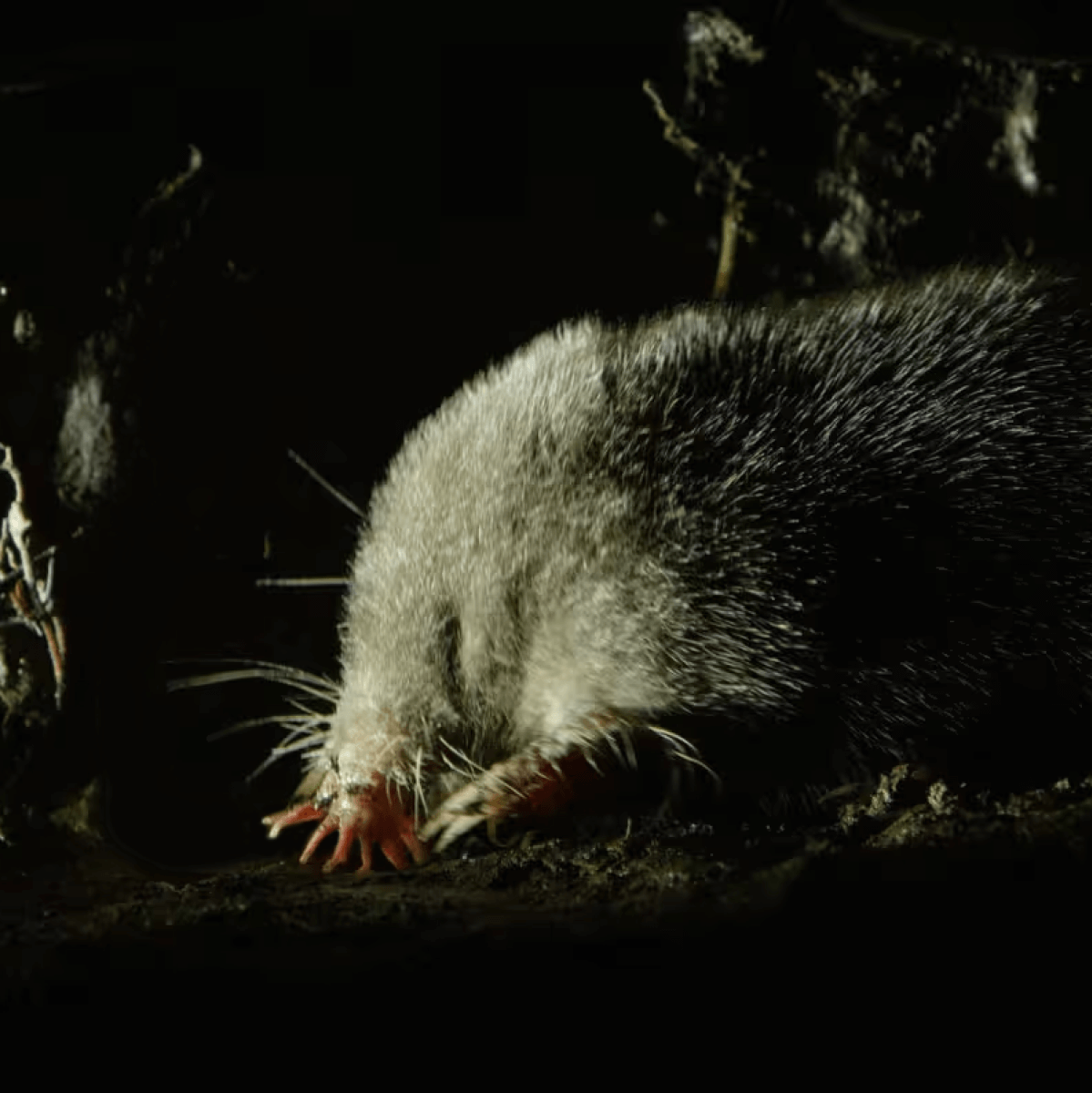
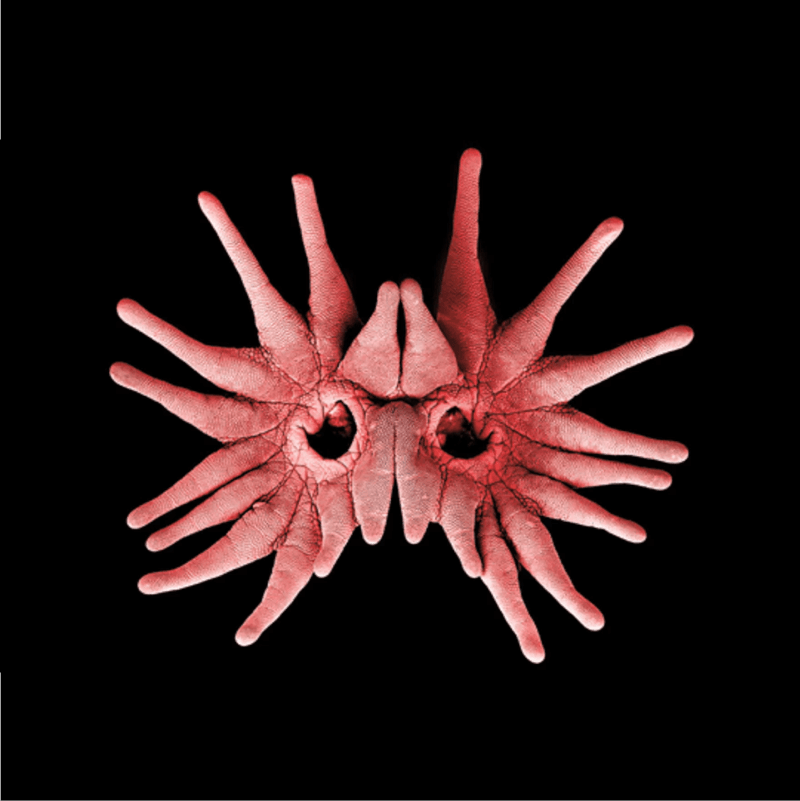
Embracing an Analogue Aesthetic
The camera's design elements Work harmoniously to create an analog appearance that adds to its allure. The dials atop the camera, reminiscent of traditional camera controls, serve a crucial purpose.
They allow the photographer to adjust the data ranges and AI image settings, influencing the final output and providing a sense of control and customization.
These adjustable parameters draw a parallel between the familiar controls of traditional cameras and the flexibility offered by Paragraphica, adding to its charm and analog appeal.
In a departure from conventional cameras, Paragraphica embraces an intriguing concept: lensless photography. Unlike traditional cameras that rely on lenses to capture light and form images, Paragraphica operates independently from light.

This unique approach aligns with the symbolic connection to the star-nosed mole, emphasizing the camera's ability to perceive and capture the world beyond the limitations of visual perception.
By leveraging a Raspberry Pi for internet access, the camera harnesses the power of GPS-based location determination and data collection, further enhancing its ability to provide alternative perspectives through location data integration.
Data Processing for Descriptive Paragraphs and Photos
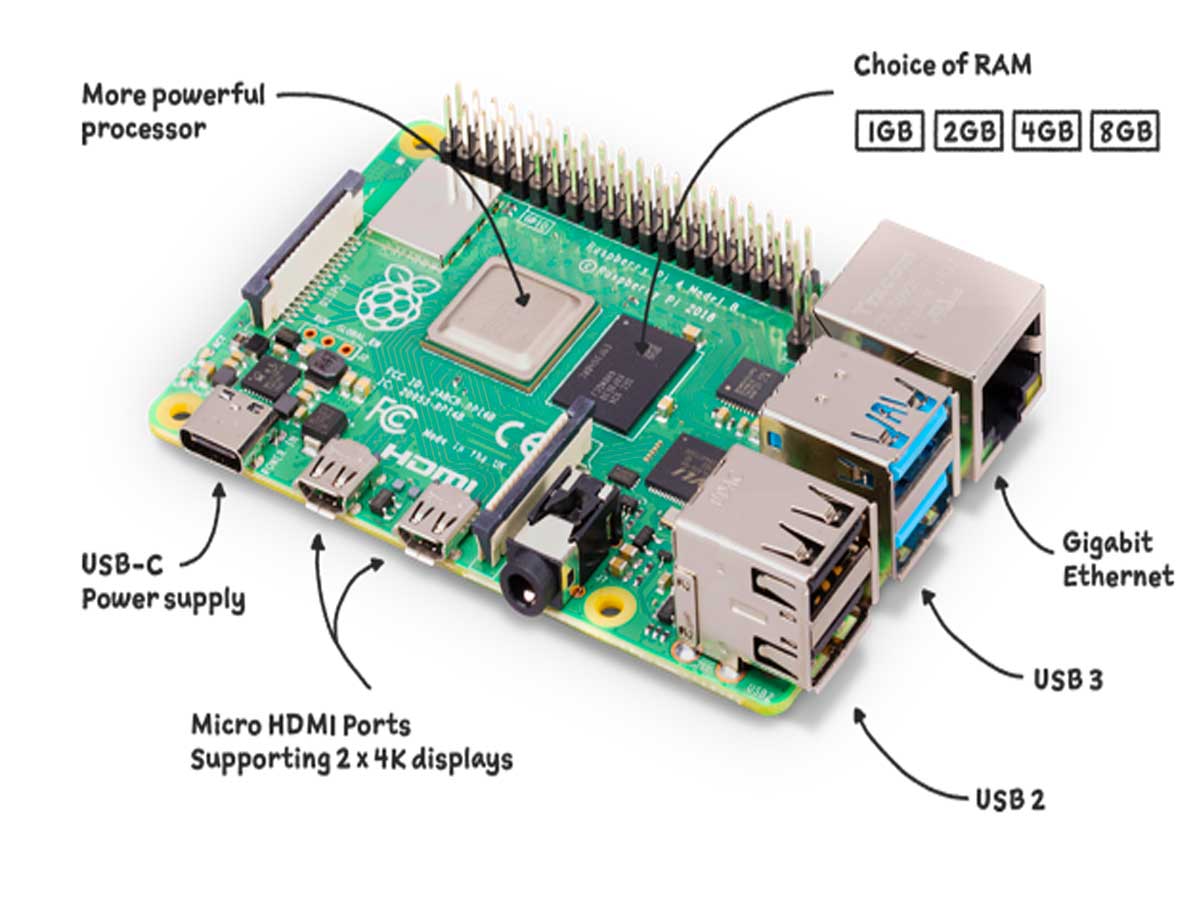
Generating descriptive paragraphs and photos with Paragraphica involves several intricate data processing steps. The camera collects data from its location using open APIs, capturing key details such as address, weather conditions, time of day, and nearby points of interest.
These data points are then combined to create a vivid and evocative paragraph reflecting the scene's essence. Furthermore, the camera employs text-to-image AI to convert this paragraph into an abstract "photo," representing the AI model's perception of the location. This intricate process blends data, language, and AI, culminating in a visually captivating interpretation of the world around us.
Paragraphica: Bridging the Physical and Virtual Worlds
Alongside its physical prototype, Paragraphic extends its reach into the virtual realm, allowing users to explore its capabilities online. The virtual version of Paragraphica presents an immersive experience that invites users to engage with and appreciate the camera's unique fusion of AI and location data.
Through this online platform, individuals can unlock the camera's functionalities, virtually triggering the process of generating scintigraphic representations based on real-time descriptions of their current locations.
By embracing the virtual Paragraphica, users can embark on a captivating journey of exploration, immersing themselves in a vast collection of images generated and submitted from different locations worldwide.
Celebrating Diversity and Engagement
An essential aspect of the virtual Paragraphica is its ability to celebrate diversity and foster engagement. The online platform showcases an extensive array of images created by users worldwide, each offering a distinct perspective on the power of AI-based visual representations.

Users are encouraged to explore, interact, and contribute to this global gallery, expanding their horizons and embracing the diversity of visual interpretations. Through the virtual Paragraphica, a vibrant community of individuals emerges, united by their shared passion for the beauty and complexity of AI-driven visual representations.
Paragraphica stands as a testament to Bjørn Karmann's visionary goal of questioning the role of AI during a time of creative tension. This innovative camera unlocks alternative perspectives on the world around us by harnessing the potential of open APIs, location data, and AI image synthesis.
Introducing – Paragraphica! 📡📷
— Bjørn Karmann (@BjoernKarmann) May 30, 2023
A camera that takes photos using location data. It describes the place you are at and then converts it into an AI-generated "photo".
See more here: https://t.co/Oh2BZuhRcf
or try to take your own photo here: https://t.co/w9UFjckiF2 pic.twitter.com/23kR2QGzpa
It transcends the limitations of traditional cameras, enabling users to experience and appreciate the intricate relationship between data, language, and visual representation.
Whether in its physical prototype or virtual form, Paragraphic paves the way for a deeper understanding of AI's creative potential and invites us to reimagine our connection with the world through the lens of alternative intelligence.
Sources: camera.sandbox.noodl.app / bjoernkarmann.dk / raspberrypi.com
